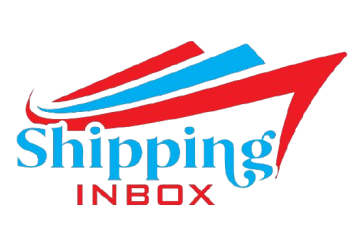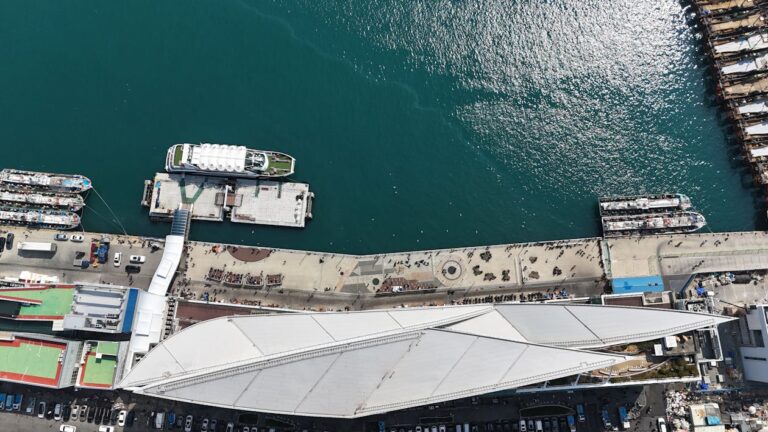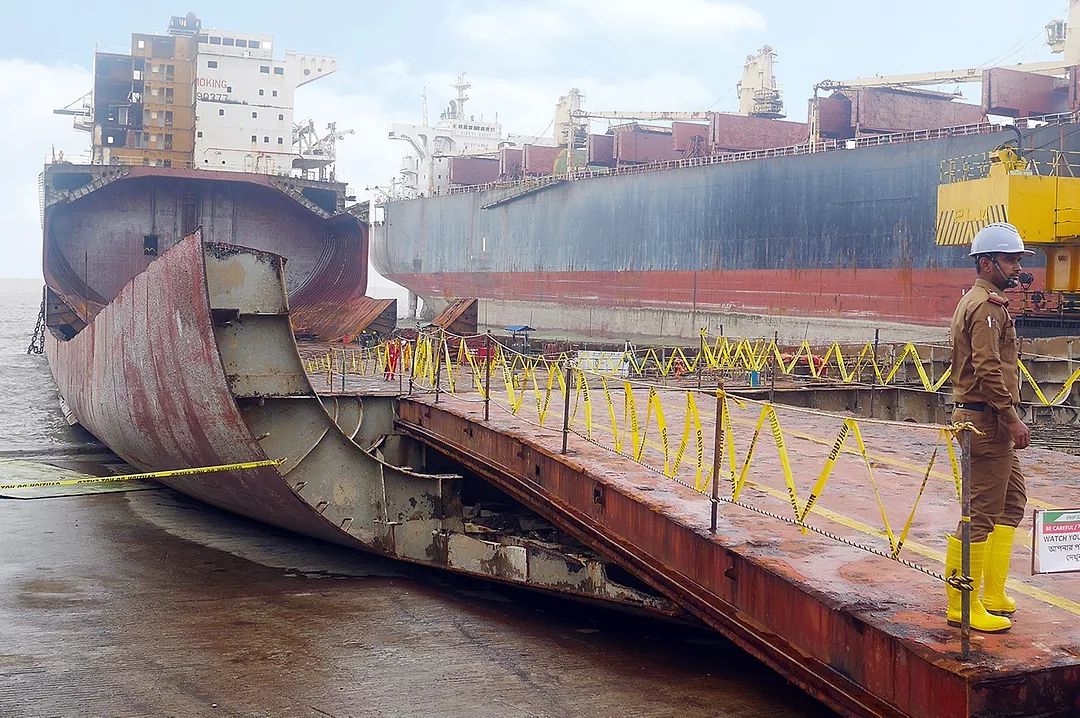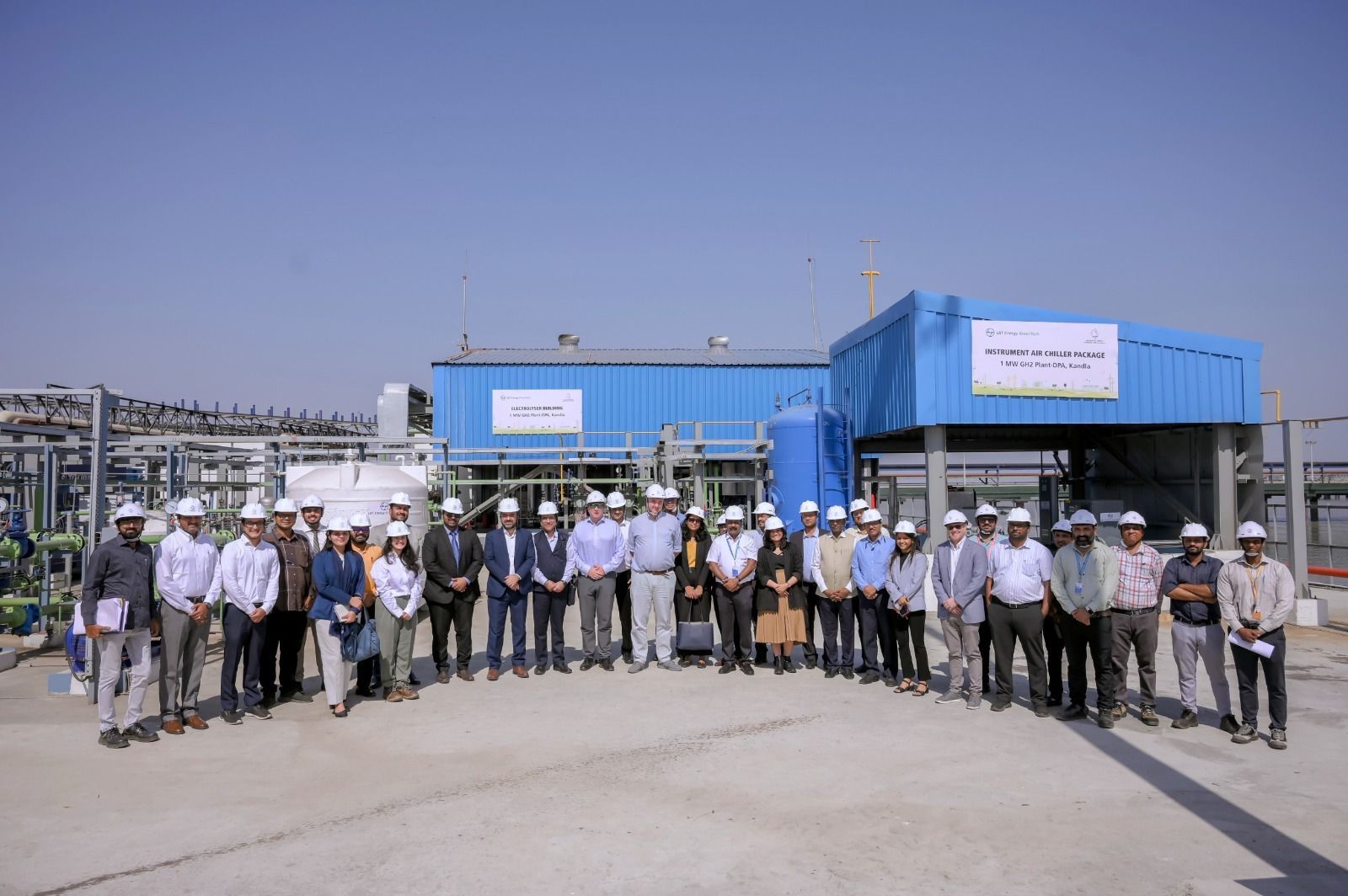South Korea Revises Maritime Certification Guidelines to Boost Sustainability and Global Alignment
South Korea has rolled out a revised set of maritime certification guidelines, signaling a stronger push toward sustainability and regulatory alignment with international standards. The updated framework, introduced in collaboration with the Ministry of Trade, Industry and Energy (MOTIE), officially took effect on 21 August, ushering in a new era of flexibility and inclusivity for stakeholders in the nation’s maritime industry.
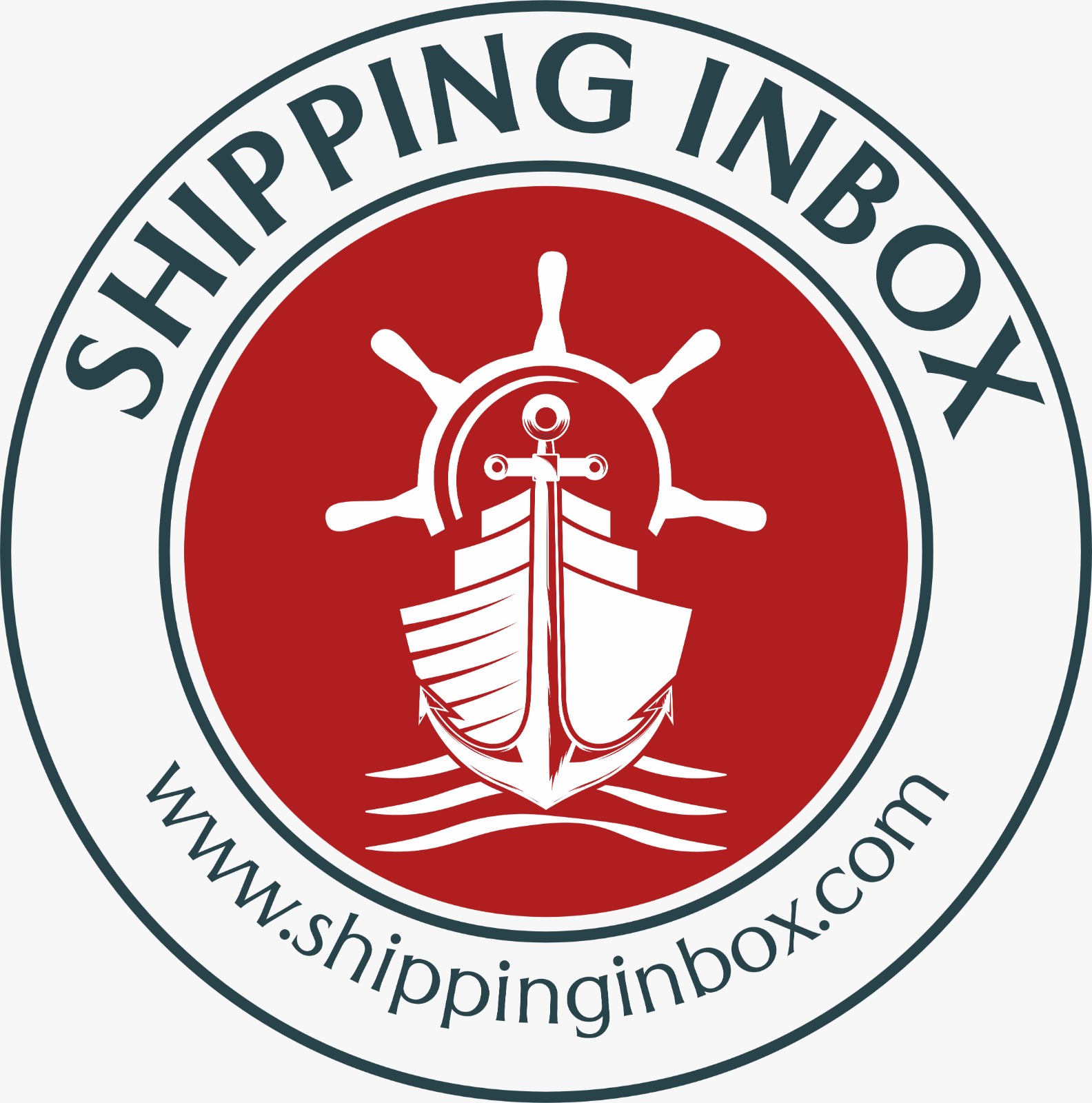
According to government officials, the reforms are designed to strike a balance between practicality in shipbuilding and ownership, while also ensuring that the country keeps pace with evolving global regulatory frameworks on energy efficiency and emissions.
One of the most significant changes under the new system is the expansion of certification eligibility. Previously, certification processes were largely centered on shipbuilders, leaving shipowners with limited scope for participation. The revised guidelines now allow both shipowners and shipbuilders to apply for certification, thereby encouraging broader engagement from across the maritime value chain.
Industry observers have welcomed this move, noting that shipowners, who are often at the forefront of operational compliance, can now take a more active role in ensuring their fleets meet sustainability and efficiency standards. This, in turn, is expected to accelerate compliance across the board, reducing the administrative gap between those who design vessels and those who operate them.
The maritime sector has long grappled with the challenge of bridging the gap between design approvals and operational realities. Recognizing this, the updated guidelines introduce greater flexibility in the certification process.
Under the new framework, vessels can still receive final certification even if there are deviations from the initial, or preliminary, approval—provided the deviations are due to unavoidable reasons such as design modifications. For example, if a ship’s layout or machinery is altered during construction for technical or safety reasons, these changes will not automatically disqualify the vessel from meeting certification requirements.
“This change is about acknowledging the practical realities of shipbuilding and operations,” a MOTIE official said in a statement. “Our priority is to maintain regulatory integrity while giving the industry space to adapt when necessary.”
Industry experts note that this flexibility is critical for shipyards, where unexpected technical adjustments are often required during the construction phase. By allowing such deviations without undermining compliance, the new guidelines aim to reduce project delays and financial risks while still ensuring adherence to safety and environmental benchmarks.
Perhaps the most consequential aspect of the revised rules is their alignment with internationally recognized environmental standards. The new framework incorporates provisions that reflect key benchmarks such as the Energy Efficiency Existing Ship Index (EEXI) and the Carbon Intensity Indicator (CII)—two standards developed by the International Maritime Organization (IMO) to measure and regulate vessel efficiency and carbon emissions.
The EEXI applies to existing ships and evaluates their energy efficiency, while the CII measures the operational carbon intensity of vessels. By integrating these standards into national certification processes, South Korea ensures that its fleet remains competitive and compliant on the global stage.
“This step strengthens the credibility of South Korea’s certification system and reflects our commitment to a sustainable maritime future,” the MOTIE spokesperson added. “We are aligning with international norms while supporting domestic industry players in their transition.”
The changes come at a critical juncture for South Korea’s maritime sector, which has been under increasing pressure to decarbonize. As one of the world’s leading shipbuilding nations, South Korea plays a pivotal role in shaping the trajectory of global shipping emissions. The revised guidelines are expected to provide shipowners and builders with clearer pathways to meeting sustainability targets, while also reinforcing the government’s broader commitments to environmental stewardship.
Industry analysts believe the reforms will also improve the competitiveness of South Korean shipyards in securing international contracts. With global clients placing greater emphasis on compliance with environmental standards, the ability to demonstrate alignment with EEXI and CII is likely to enhance the appeal of South Korean-built vessels.
Furthermore, the inclusion of shipowners in the certification process may encourage investments in retrofitting existing fleets to meet efficiency benchmarks. This could provide an additional boost to the domestic ship repair and retrofitting industry, creating new economic opportunities alongside environmental gains.
While the revised guidelines mark significant progress, experts caution that implementation will require close monitoring to ensure consistency and transparency. Effective communication between regulators, shipbuilders, and shipowners will be essential to avoid confusion and ensure that the new flexibility does not lead to loopholes.
Nonetheless, the reforms represent a major step forward in balancing regulatory rigor with industry practicality. By broadening eligibility, introducing flexibility, and aligning with global standards, South Korea has positioned its maritime sector to lead in the ongoing transition toward a more sustainable future.
As the new system takes effect, stakeholders across the industry will be watching closely to see how the guidelines shape practices on the ground. For now, the consensus is clear: the reforms are a positive development that not only strengthen South Korea’s maritime industry but also contribute to global efforts to decarbonize shipping.
Author: shipping inbox
shipping and maritime related web portal
